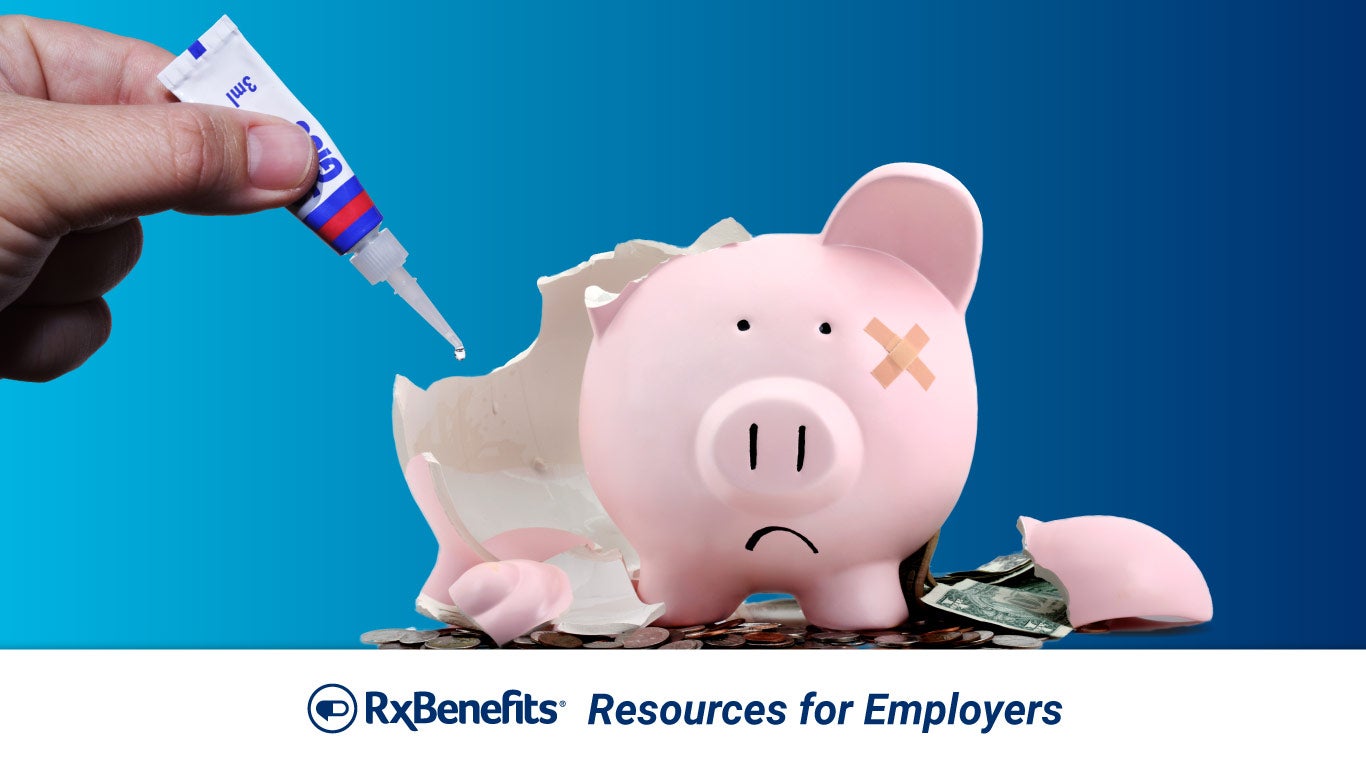After a Supreme Court ruled that the Department of Health and Human Services unlawfully cut prescription drug payments for 340B-covered entity hospitals by not following the proper procedures a plan to reimburse healthcare providers was needed. This July, the Centers for Medicare and Medicaid Services (CMS) released a proposed plan, Hospital Outpatient Prospective Payment System: Remedy for 340B-Acquired Drugs Purchased for Calendar Years 2018–2022. The proposal aims to restore payments for most 340B hospitals paid under the Outpatient Prospective Payment System (OPPS) from January 1, 2018, through September 27, 2022.

If it is finalized, what CMS is proposing to do is twofold:
- The first component of the proposed remedy is that CMS will pay all 1,600 340B hospitals impacted by these cuts a one-time lump sum payment. In other words, they will make them whole for the delta between the lower rate of what they would have been paid and the higher rate for every claim billed with a JG modifier going back to January 1, 2018. CMS estimates this will amount to $10.5 billion. Of that, the lump sum payments will actually total $9 billion. CMS said $1.5 billion has already gone back to the hospitals in the form of adjusted 2022 claims already processed by the Medicare Administrative Contractors. The $9 billion in lump payments will cover not only the portion of Medicare payment that would have gone to the hospitals, but also the amount that would have been paid for by the beneficiaries’ portion. Under OPPS, the system Medicare uses to determine how much money a hospital or clinic will be reimbursed, the beneficiary cost sharing is 20% of the Medicare payment amount, and CMS covers the remaining 80%. This means CMS is not requiring the beneficiary to pay back their portion to the hospital and is agreeing to pay back the full amount on behalf of the beneficiary.
- The second component is more complicated, due to CMS having statutory budget neutrality requirements. When CMS lowered reimbursement on 342 drugs back in 2018, they offset that reimbursement reduction by increasing non-drug payments for all hospitals (340B and non-340B, which benefited non-340B hospitals greatly) in an effort to stay budget neutral. CMS is saying they now need to unwind those overpayments on non-drug services (which CMS claims was a $7.8 billion windfall in overpayments for non-drug services). Instead of executing a massive clawback, CMS proposes to spread it out by reducing the payment for non-drug services by pulling back 5% each year for about 16 years. This approach would start in 2025 and would continue through 2040. In this scenario, a 340B hospital impacted by these cuts will get a lump-sum payment from the first component, which the marginal increase in rates will slightly offset the hospital will pay for non-drug services.
CMS is still in the process of soliciting feedback on its proposed plan and will continue to receive comments from stakeholders until the end of August. CMS then must issue a final rule, so this proposed plan is not in place yet.
Interestingly, for the lump-sum payments, there is a way for a hospital to go on the CMS website and see a projection showing what their payment will be if this policy is in fact finalized. You can download the information here. Addendum AAA includes a list of every hospital and the dollar amount of the one-time lump-sum payment they would receive under the proposal.
CMS plans to finalize this proposal by the end of the year. Once the proposal is finalized, CMS says they will issue repayments within 60 days. For many 340B hospitals, this could be an impactful change that will bring in a significant amount of money early next year.





